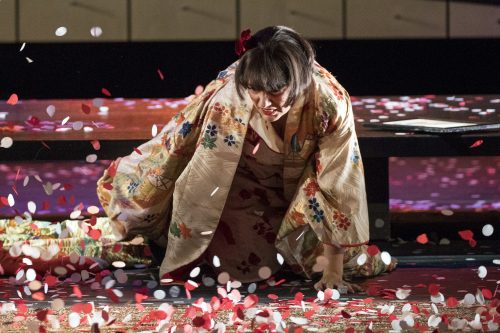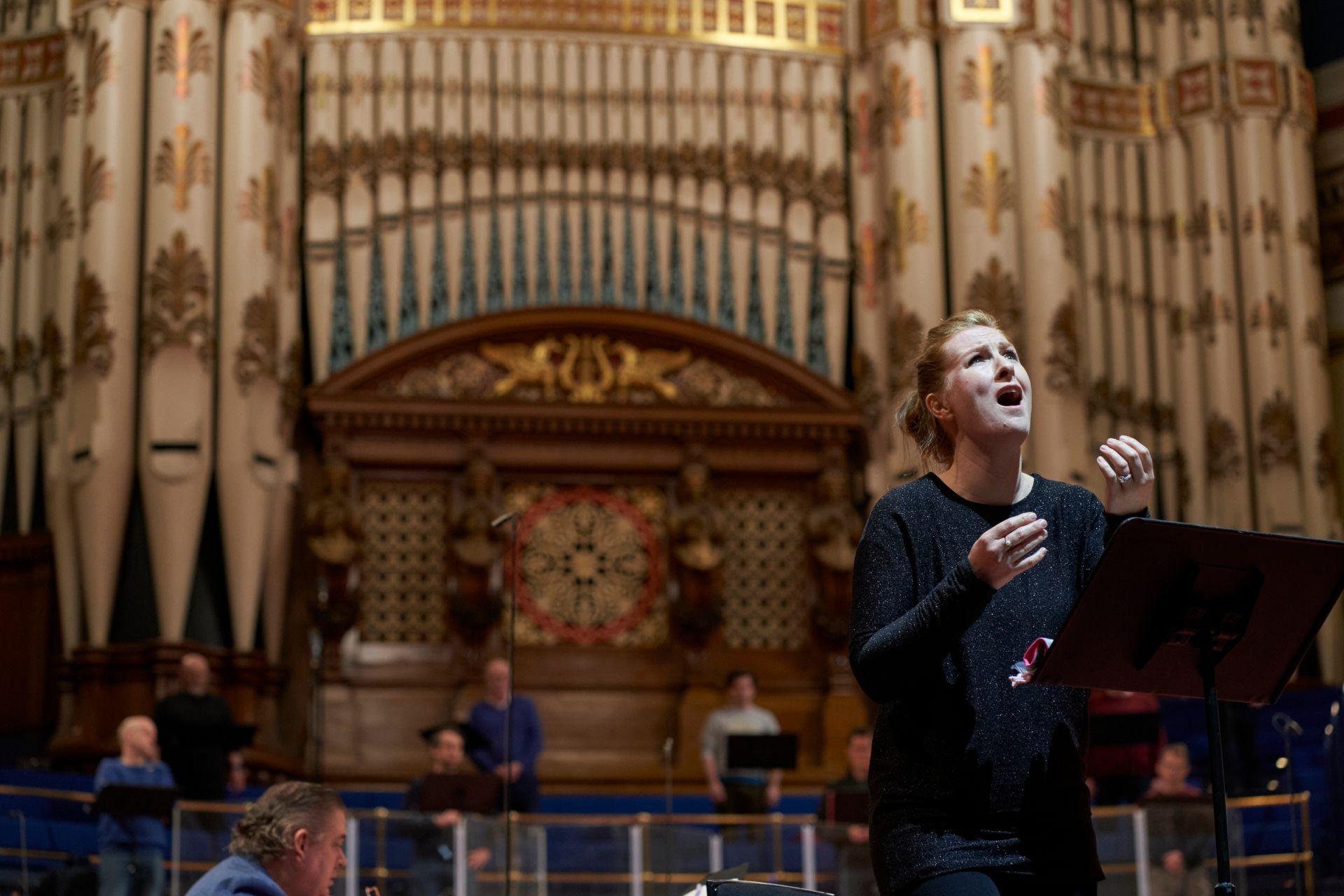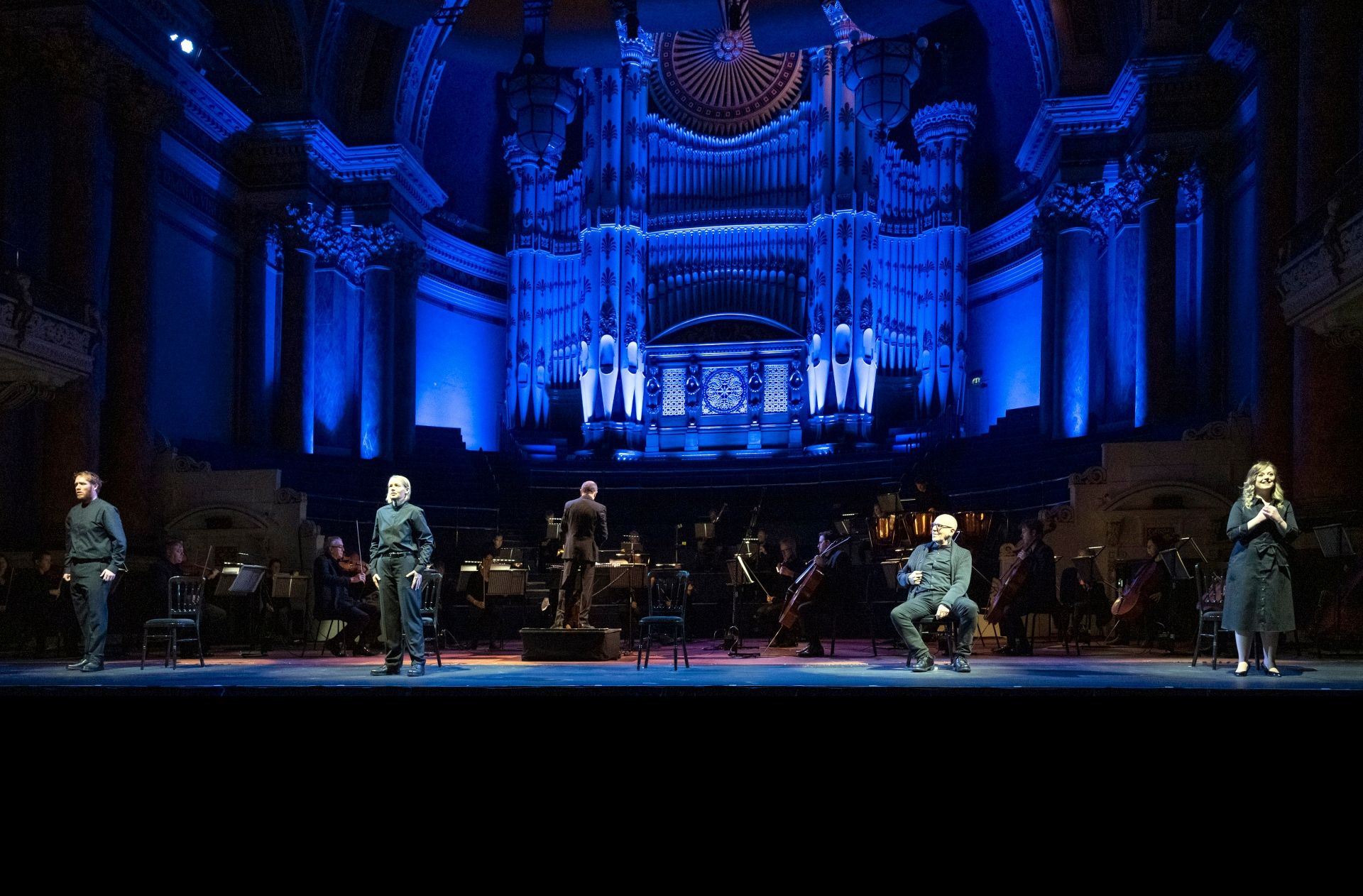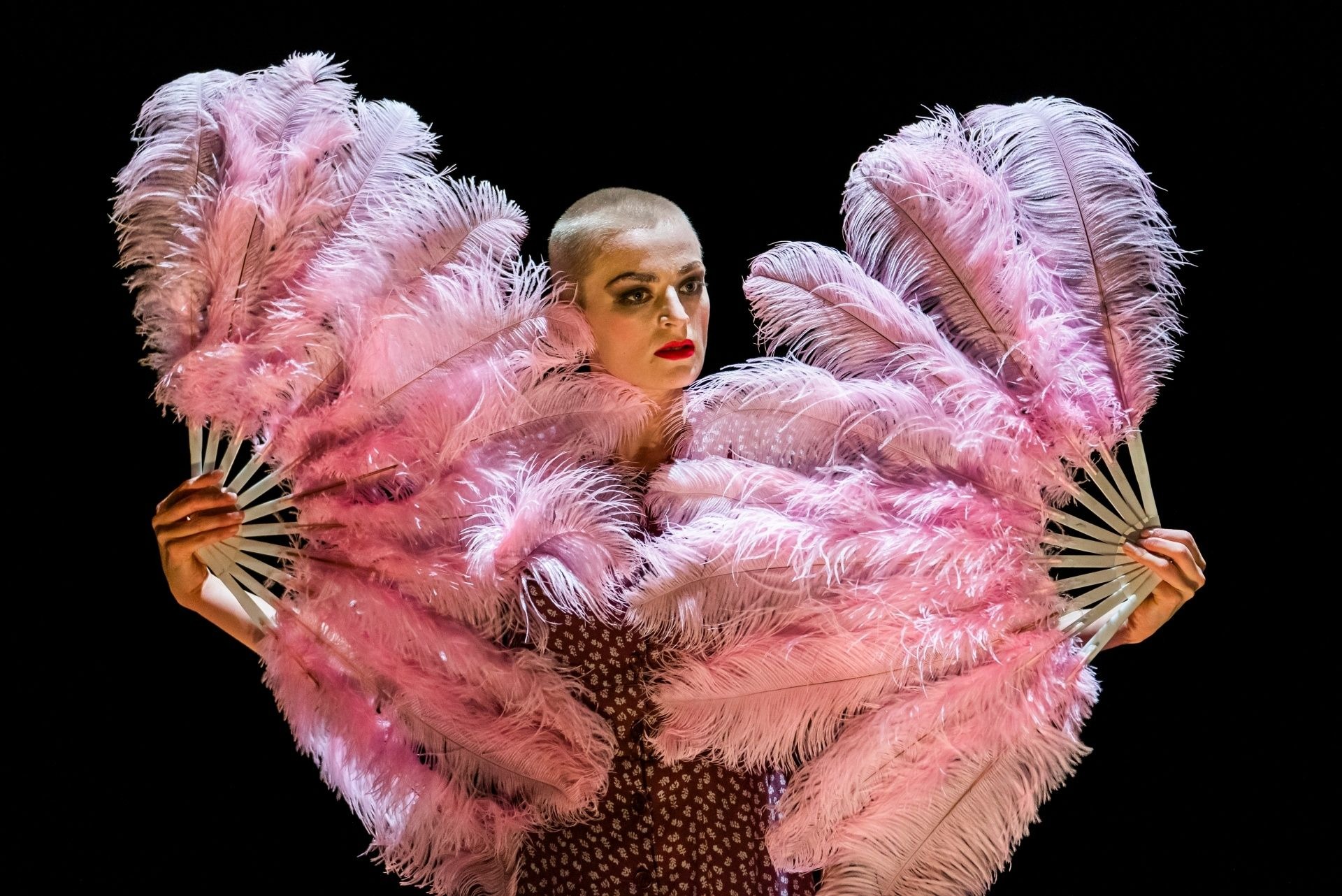Charles Eager finds this sensitive and beautiful production of an operatic classic to be a true treat.
This production directed by Tim Alberry is in its second revival (previous productions 2007/08 and 2011/12). This somewhat accounts for its accomplished execution ten years on from its first performances, and, vice versa, such sustained success is no surprise when one sees the coherence, imagination, sensitivity, and overall professionalism and accomplishment of the performance and staging. Needless to say, as has always been the case in Opera North productions, the musicianship of both singers and orchestral players is of the first rate. The comparatively small orchestra demanded by Puccini excellently communicates the transparency and beauty of the composer’s orchestration and simple yet voluptuous harmony. The Italian pronunciation of the singers (and let it be noted that there is not one Italian singer (I think) in the whole cast) was so good that my Italian “plus one” for the evening could not believe that they were not from her country.
The acting was similarly geared to the best possible execution of the drama, and the notable mentions here must go, of course, to Anne Sophie Duprels’ Cio-Cio-San, who gives an achingly sad portrayal of her character’s trials and hopes (which are indeed her trials) and moreso to Peter Savidge’s Consul Sharpless, who in his role as compassionate but ultimately frustrated intercessor on behalf of Cio-Cio-San, retains a dignity and restraint. This, in tandem with the setting and his elegant suit, put me in mind of the sorts of characters played by Yasujiro Ozu’s favoured actor Chishu Ryu across their fifty or so film collaborations, and who excelled in performances of such dignity and restraint.
The Ozu connections did not end here, and I wonder how much, and how consciously, that director’s imaginative world influenced the production designers. In this respect the use of sensitive lighting was paramount (credit to lighting designer Peter Mumford and costume designer Ana Jebens), often reflecting beautifully off the coloured silks of the Japanese costumes, and the pale colours of Cio-Cio-San’s house, taking on the complex red, orange, and auburn hues of sunset and the profound blue of moonlit night, with a white-yellow moonlight focused on the foregrounded futon upon which Pinkerton and Cio-Cio-San conclude the first Act.
For the background, also, for most of the production, sits a large landscape image including Mount Fuji, and indeed recalling the logo for Ozu’s Shochiku Studios, which prefaces each of his films. (Credit here goes to Hildegard Bechtler’s brilliant set design.) The beautiful and famous “Humming Chorus”, which passes the sleepless night Cio-Cio-San endures looking out for Pinkerton’s ship, offers a great opportunity to fully realise the beauty of this image, as Cio-Cio-San, her child, and her maid Suzuki (wonderfully played by Ann Taylor) all wait upon a ledge at the rear of the stage, gazing out on the implied stretch of water in expectation of Pinkerton, all set in a mathematical positioning suggestive of a Hiroshige.
There are only a very few faults in the production to speak of. The child to Cio-Cio-San, Dolore, is a wordless part, and so extremely difficult to make effective. Puccini obviously felt that a child would be better seen and not heard. (Britten, by contrast, proudly showed the effectiveness of child singers in his The Turn of the Screw.) My own preference would be, if it is not to be heard, then neither should it be seen any more than is necessary. This is because, without the key expressions of music and text, the child actor must have recourse to expression by movement alone. It is virtually impossible to convey the weight of the drama by this sole means, and often the child is deleterious to the tragic finale. This production was no exception.

The only other really noticeable problem was also in the finale: deciding on suicide, Cio-Cio-San leaves her house, which is signified by the descent of a screen in front of the pleasant Japanese domestic interior. The screen itself, semi-translucent, greenhouse-like, and inexplicably decorated with a few photos which half the audience would have been unable to see (unless they brought their opera glasses), is tremendously ugly. A slight ledge projects from it, downstage right, on which Cio-Cio-San takes her life. A doorway lifts up to reveal Sharpless, Pinkerton’s wife, then Pinkerton, each briefly run up to the corpse, sing a note or two, and then dash away, as though it is their first priority to reach the ship, their second to forget all about the unfortunate episode, thereby destroying the sense of pity and repentance which are essential to the effect of the ending.
I might also briefly mention Pinkerton’s costumes. In Act I he wears an absurd all white naval outfit replete with medals, and upon his return in the final Act, he is amusingly—but ultimately in a fashion just plain ugly—clad in polo shirt, chinos, and sunglasses. This ‘frat-boy’ Pinkerton distracted from the beauty. Clearly Alberry and team wanted to emphasise Pinkerton’s moral ugliness, but why emphasise what was already perfectly obvious in the text?
Nevertheless. These three minor quibbles aside, this production proves a veritable triumph, as witnessed by the full house and apparently endless applause which succeeded it. The show will play at Leeds Grand until 28 February—a good, long stint, which will be pleasant news to the many who will want to see this production twice, among which number this reviewer includes himself. There will also be shows in Nottingham, Newcastle, and Salford Quays. Check the Opera North website for details.
Finally, thank you to all at Opera North for such a fine production.
www.operanorth.co.uk



